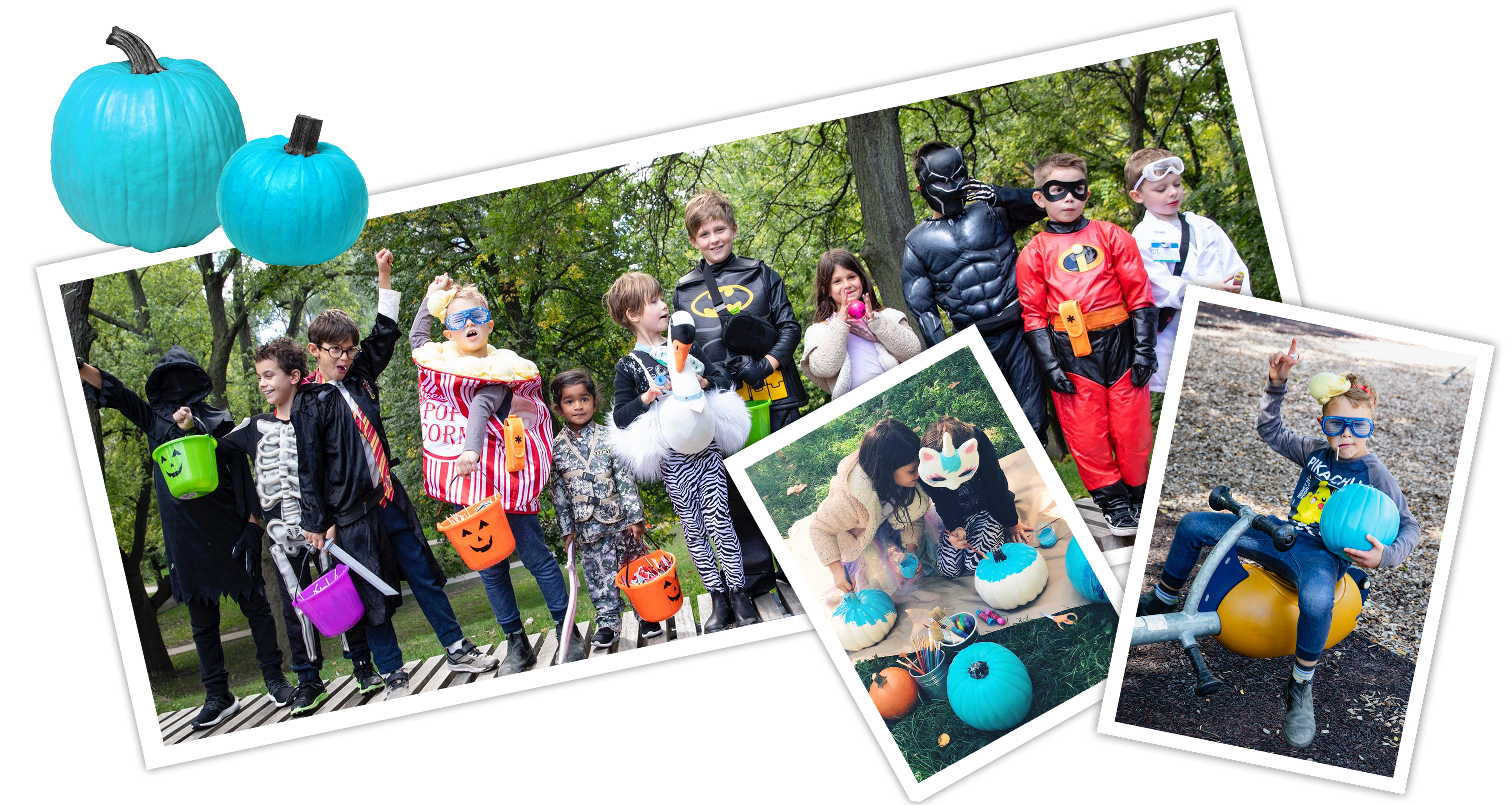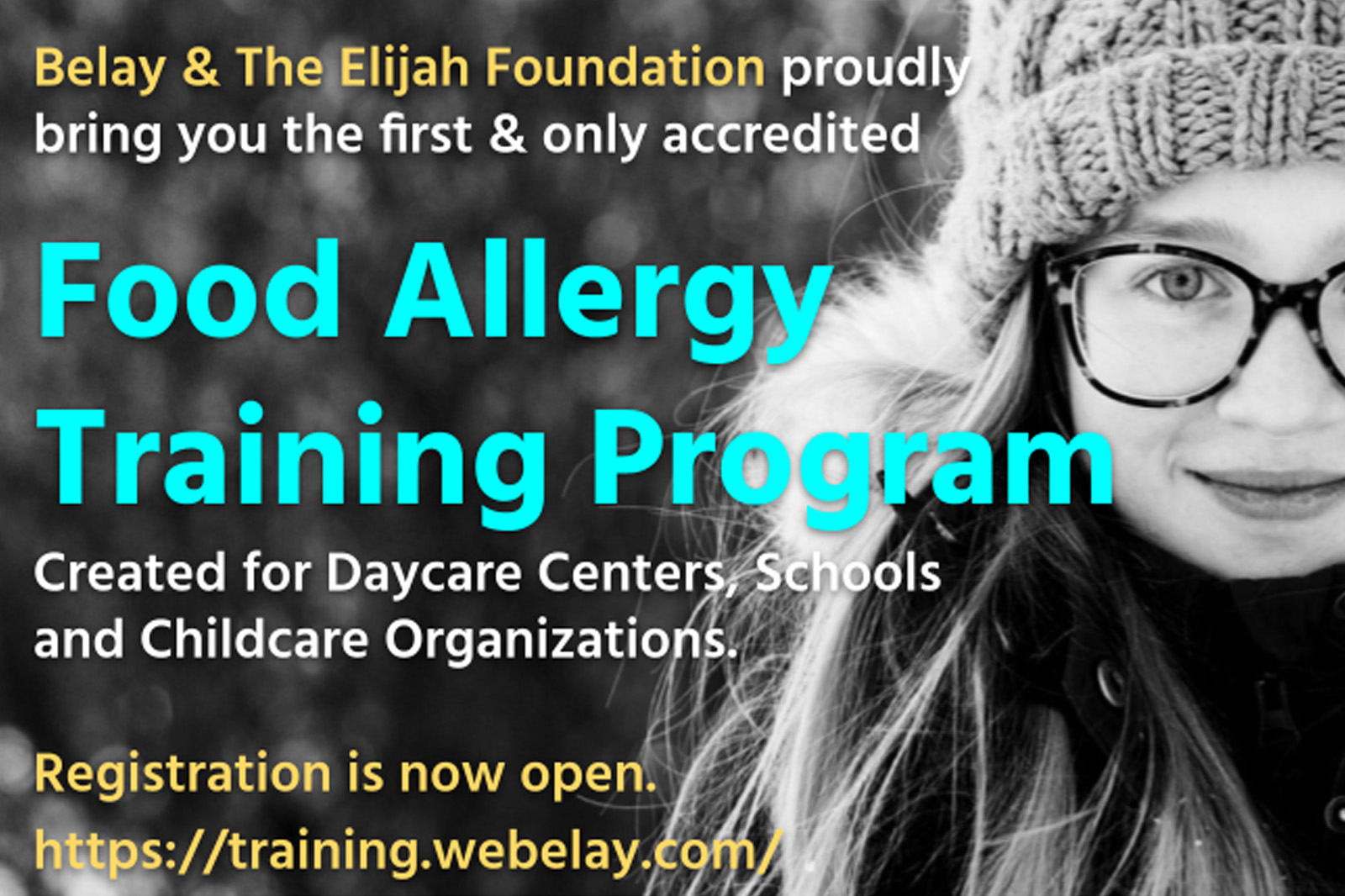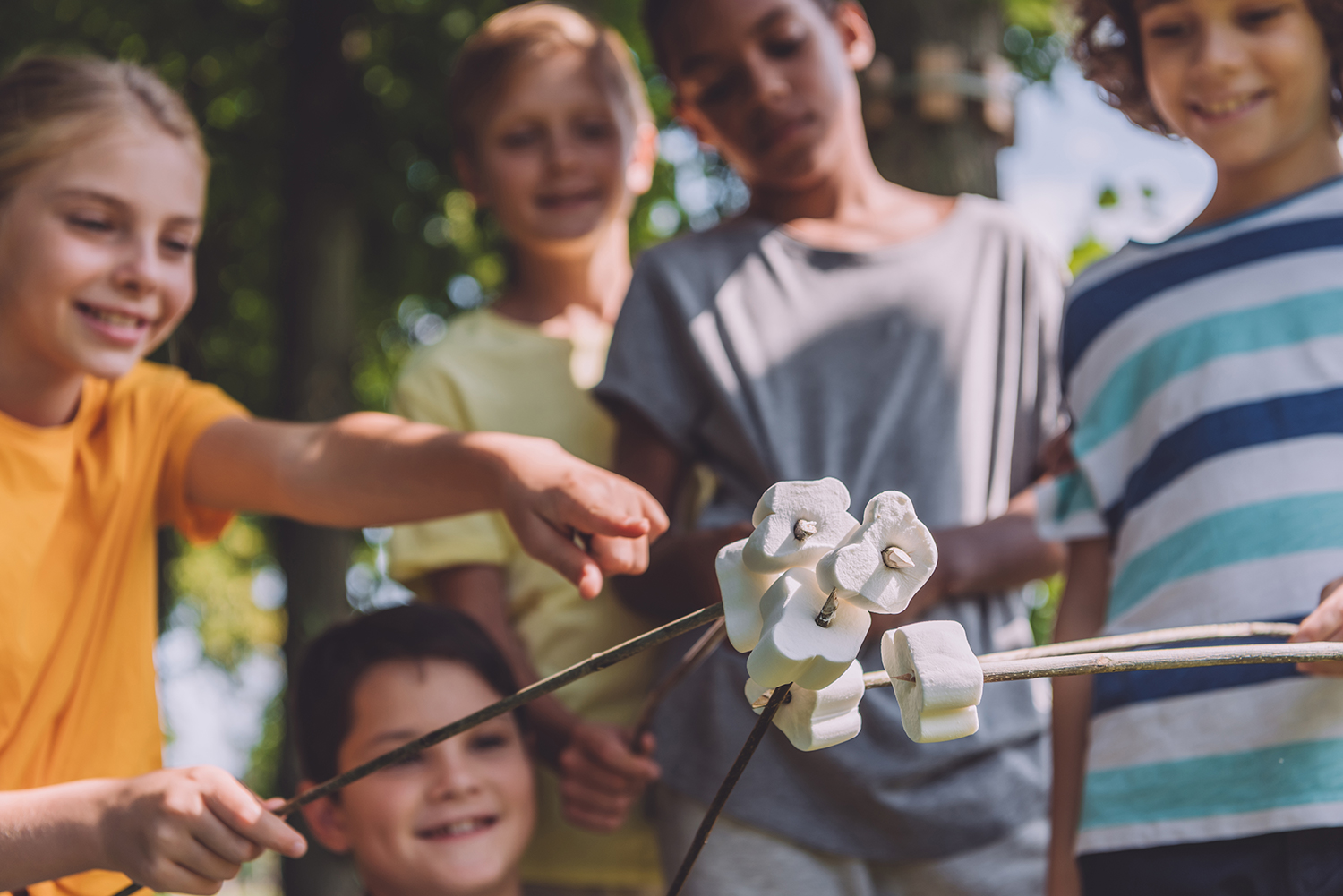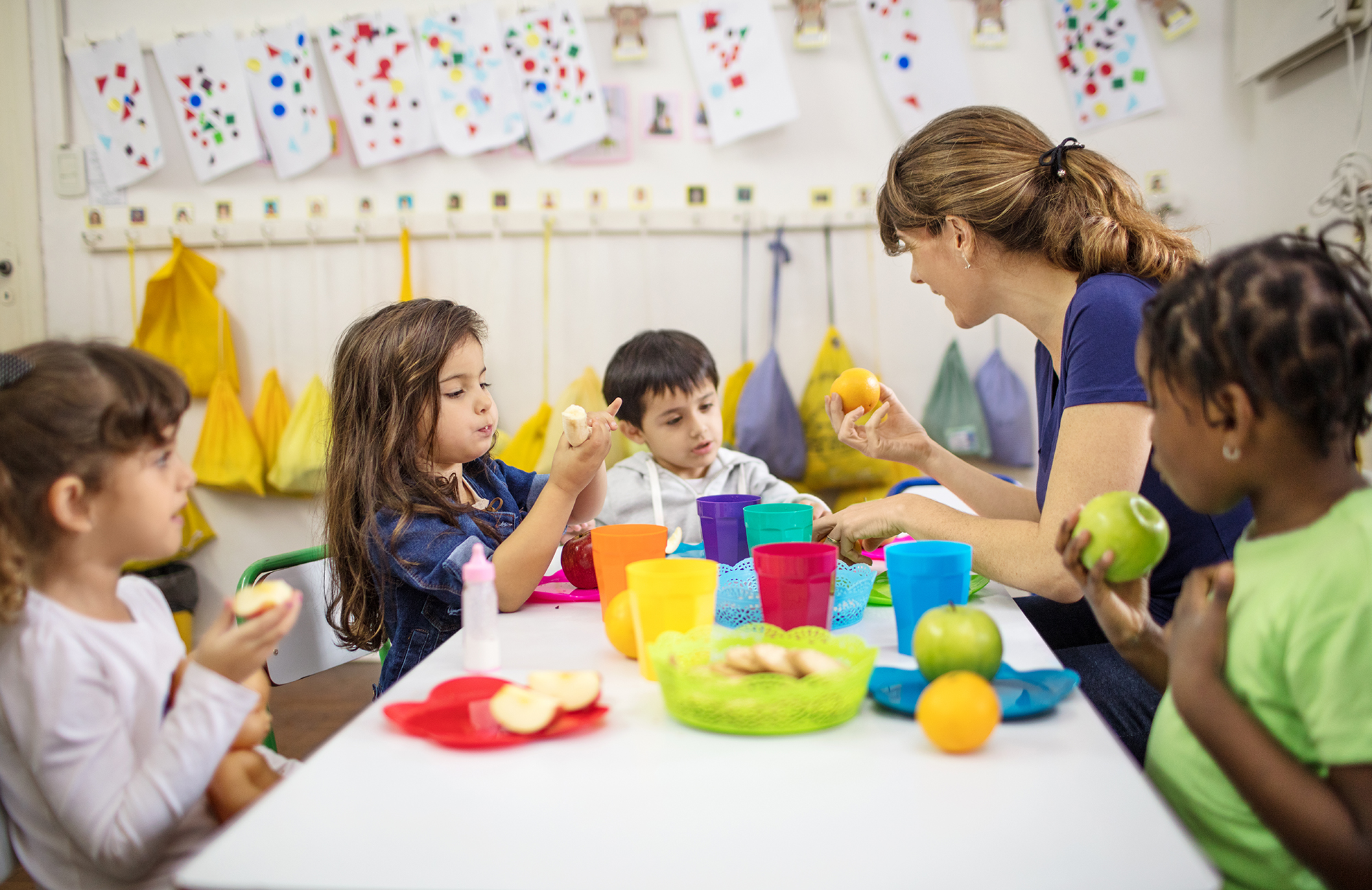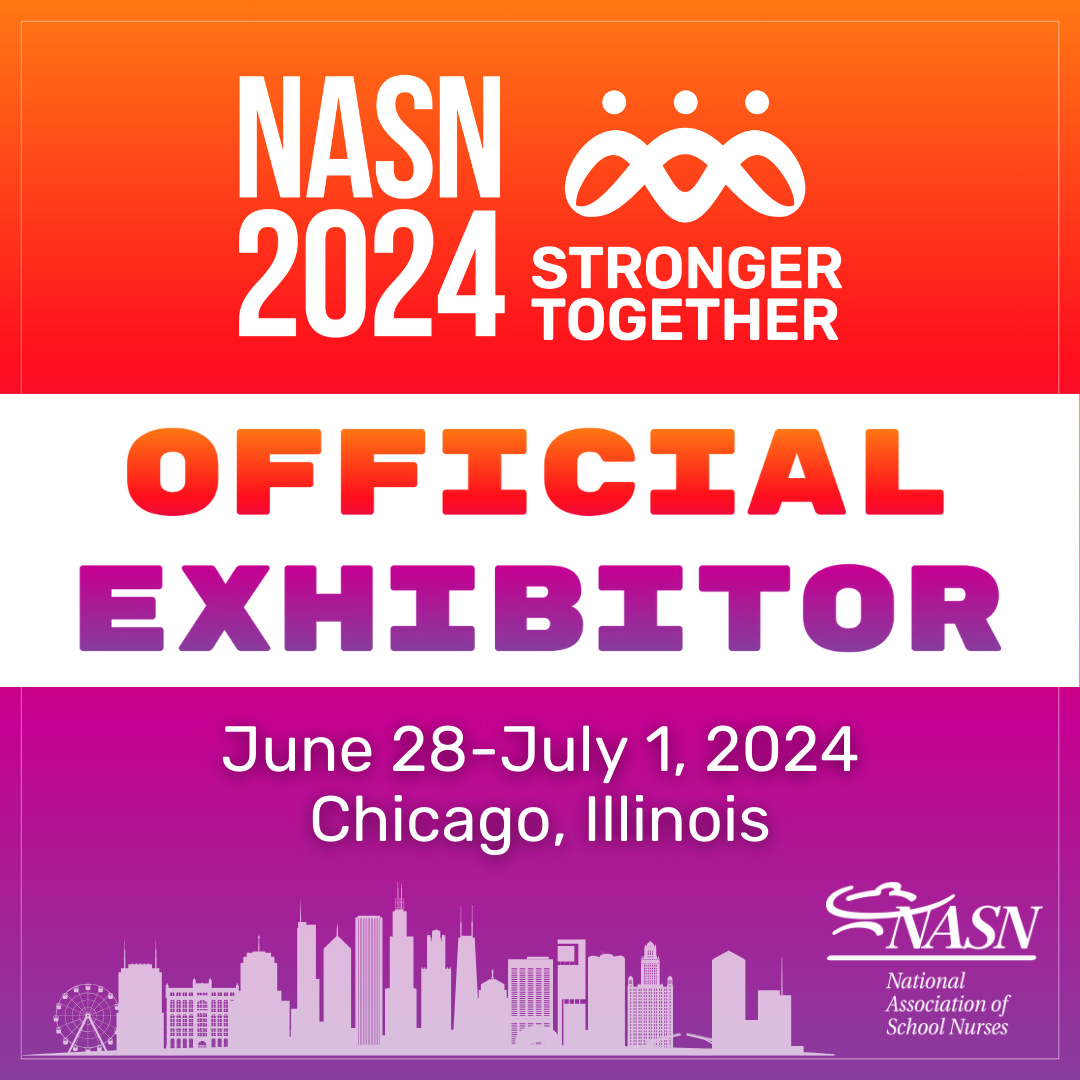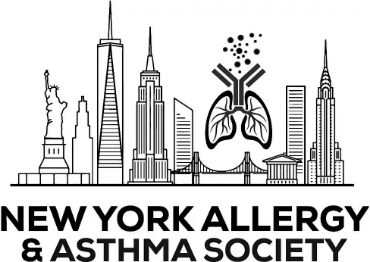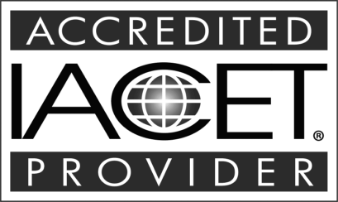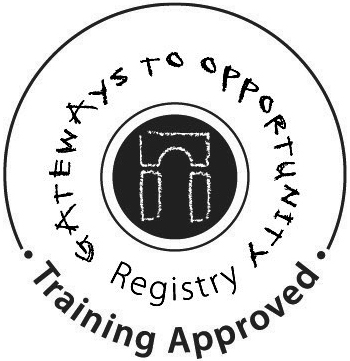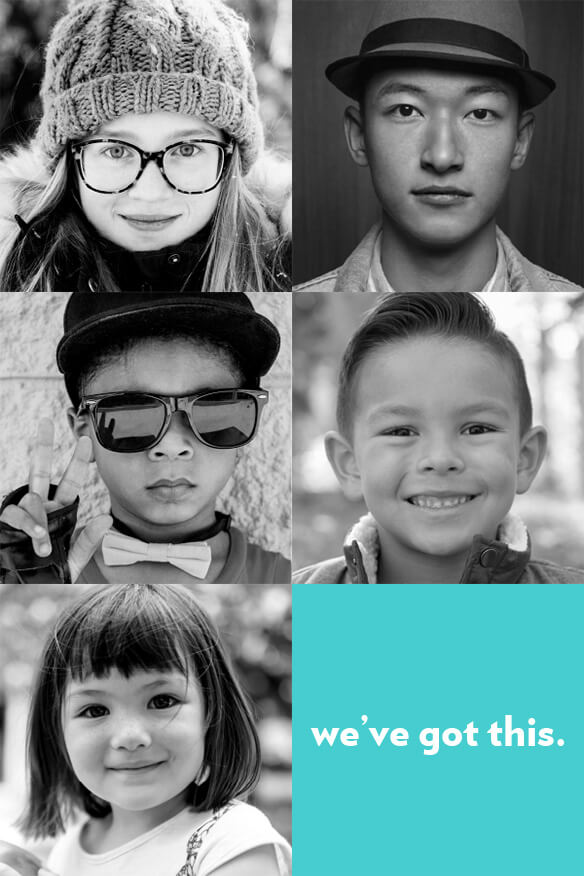Had I been on time and done things as I should have, I would have written this piece on Halloween a few weeks ago, when the month of October had just begun, and the talk of teal was just getting started. I will confess here, I was stumped and struggling to find something I wanted to write about regarding this topic. How is that possible, you might be thinking, with all the hype around the Teal Pumpkin Project? Quick sidebar for those unaware, the teal pumpkin project was modestly started a few years ago by mother of a child with food allergies, who, in an effort to promote inclusivity, decided one Halloween to paint her pumpkin teal as a way to signal to food-allergic trick-or-treaters that she had non-food items for them. For some children, candy is not an option on Halloween and her intent was meant to offer them a safe alternative.
This quiet, thoughtful gesture has since ballooned into a movement around North America, with kindhearted people putting out teal pumpkins outside their doorsteps every Halloween, alerting food allergy kids that someone has thought about them and wants them to enjoy Halloween as much as all the other children out there. FARE has done something pretty amazing by creating an interactive map, inviting people to enter their home addresses, which enables them to connect with others participating in the Teal Pumpkin Project, who live nearby. To see this map, the growing popularity of a movement around the country, is pretty remarkable. Adding to the movement, Food Allergy Canada has expanded the idea into Shine a Light Campaign, with the similar mission of “taking the fright out of Halloween” inviting people to replace their porch light with a teal lightbulb.
So many terrific bloggers and advocacy groups had written about this wonderful movement, I just wasn’t sure I had anything of value to offer to what they had already said. Similarly, other bloggers and food allergy companies had been sharing suggestions for non-food items and allergen-free treats, perfect to hand out to food-allergic trick-or-treaters. Again, with such comprehensive lists and research already done on their parts, what more could I add to this discussion about Halloween and the Teal Pumpkin Project?
And then something changed.
As my team and I began to share our own posts on the Teal Pumpkin Project, I began receiving emails from families who had seen our posts, wanting to share images with me of their children who did not have food allergies, but who were painting their pumpkins teal in support of their friends who did. I started getting texts from parents writing me asking where they could buy these odd-coloured pumpkins “We want to get on the teal bandwagon!” one mother wrote to me. And then I knew. This is what I needed write about. I was witnessing a movement that was not just about raising awareness and attempting to offer safe, alternative treats to food-allergic children, this was about human beings showing love and solidarity with other families – when they didn’t have to.
It’s one thing for families like mine, who have children or relatives with food allergies to put out teal pumpkins on Halloween, but when you witness the kindness of others who are not personally affected by this epidemic, yet who want to show their support and desire to help, the feeling is beyond awesome and a reminder of what we should all be capable of doing for others. I have written elsewhere about the misunderstandings around food allergies and that they have become the one medical condition that evokes feelings of annoyance and dismissiveness in others. Why? Because, as I believe, it’s the one medical condition that asks something of others.
Perhaps this is why, of all the stories I’ve listened to over the years, while building Belay, few have touched me like the ones I’ve heard of friends who do not have food allergies but who make incredible sacrifices for their friends who do. I call them the Unsung Heroes of the food allergy community.
I’ll never forget while attending a FARE conference in 2016, while talking to two teenagers, I learned that only one of them had food allergies; the other had just traveled to come along with her friend to be supportive. Really? I certainly hope my children grow up to be the kind of people who do that for their friends. Another young teen told me that when she is at a restaurant, her best friend grills the servers even more then she does, making sure they understand the gravity and avoid making any careless mistakes. I once watched my 6-year-old nephew unflinchingly (and sort of comically) rush to protect my son, his cousin, at the site of nuts at a grocery store and he’d never laugh at him because of his dietary limitations. These are the ones that we, in the food allergy community, need to be writing about.
Yes, we should acknowledge food allergy bullying. It’s a problem and it needs to be spoken about – and stopped. But let’s give the bullies less air time and instead celebrate the ones who wouldn’t dare laugh at their peers and even more importantly, who go out of their way to protect and support them. Let’s acknowledge the children and families who say, “How can I help?” “Where do I get a teal pumpkin?” “I want to make sure I have something for your son to eat, is this ok?” One mom I know has actually created a separate snack drawer in her kitchen, to store allergen-free snacks for when her children’s friends who have food allergies come over to play. That is amazing! And we are not speaking enough about mothers like her. To me, that’s a lot more interesting than the stories of parents who snicker and roll their eyes at the burden of having to accommodate food allergy children and their demands. Snoozefest.
We recently brought together a group of children some of whom have food allergies, my son being one of them, and some of whom do not. We invited them all to “get their teal on.” They painted their hair, their nails, and of course, their pumpkins – teal. They fashioned Epipen holders with their Halloween costumes and every child, aware of why they were there, but without any judgement, was happy to come together to support their friends. If there was one wish, aside from a cure, that parents of food-allergic desired, it would be that others understood it better. It was apparent to me that day that we will accomplish this by starting with the children so that they grow up to be better versions of us who tolerate differences and go out of their way for others.
During this time of visible polarization amongst communities and neighbors, within families and friends, the Teal Pumpkin Project is a respite; a moment of clarity and a reminder of how communities can and should come together – despite our differences and the burdens we sometimes put on one another – to support one another and protect each other’s children, not just on Halloween, but on every day.
Putting out a teal pumpkin isn’t just about promoting inclusivity, awareness, and offering safe candy. It’s about communities coming together, neighbors helping neighbors, raising our children to be tolerant and compassionate of others and to have the ability to look at their friends and say, “I see you.” So next week, if you see one those teal pumpkin outside your neighbor’s door, go up to them, find out why they did it. And then, thank them.
This article is dedicated to Jenn Downton, Paul Abrams, Kailee Mecklinger, Noreen Flaherty, Leslie Buckley, and all the other unsung heroes – the parents, children, and teachers who have gone out of their way for my son and children like him – and about whom we are not writing enough.
